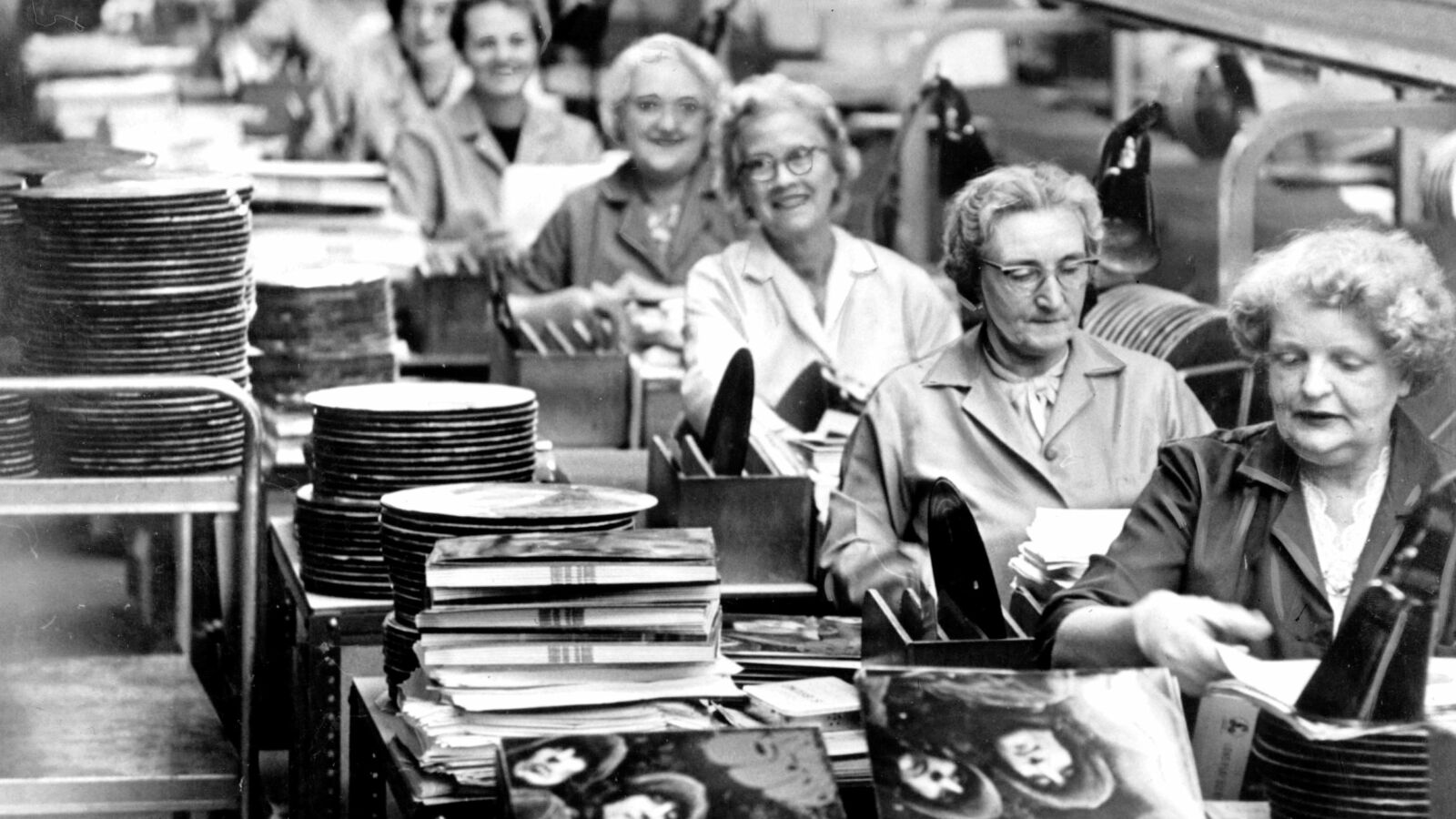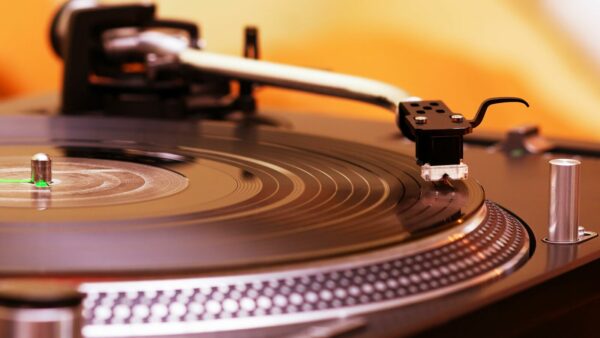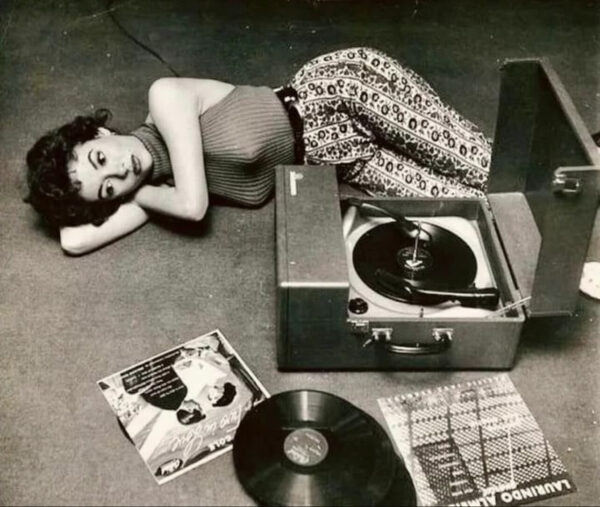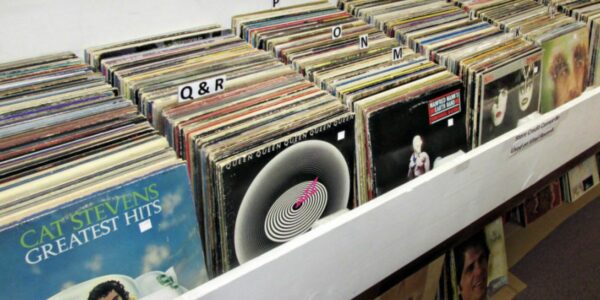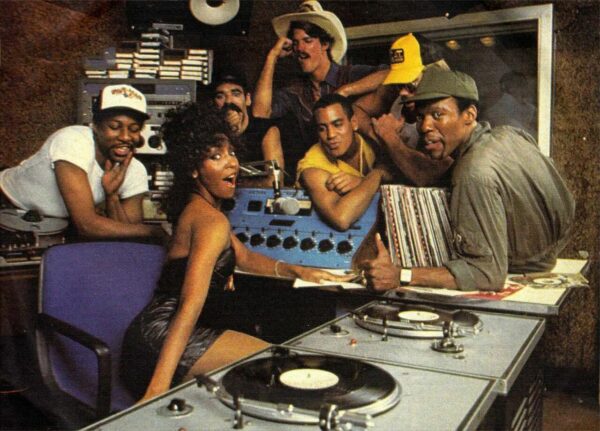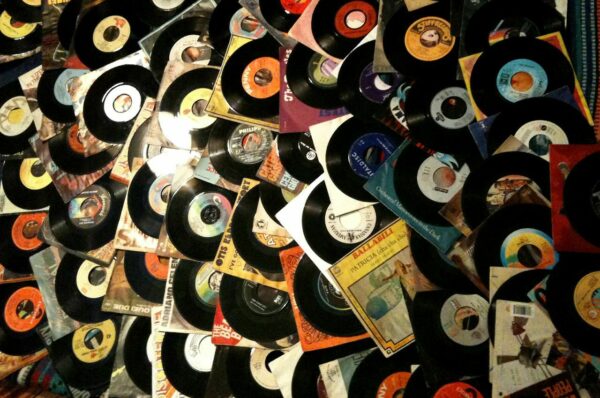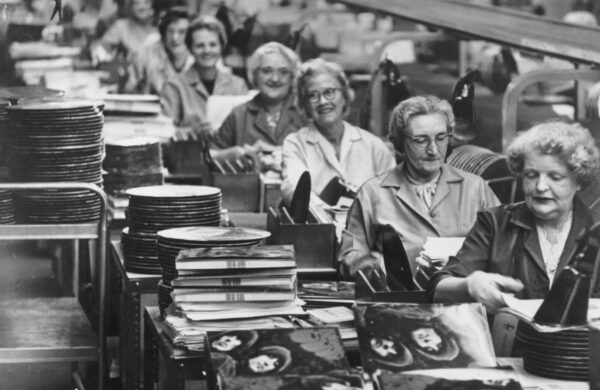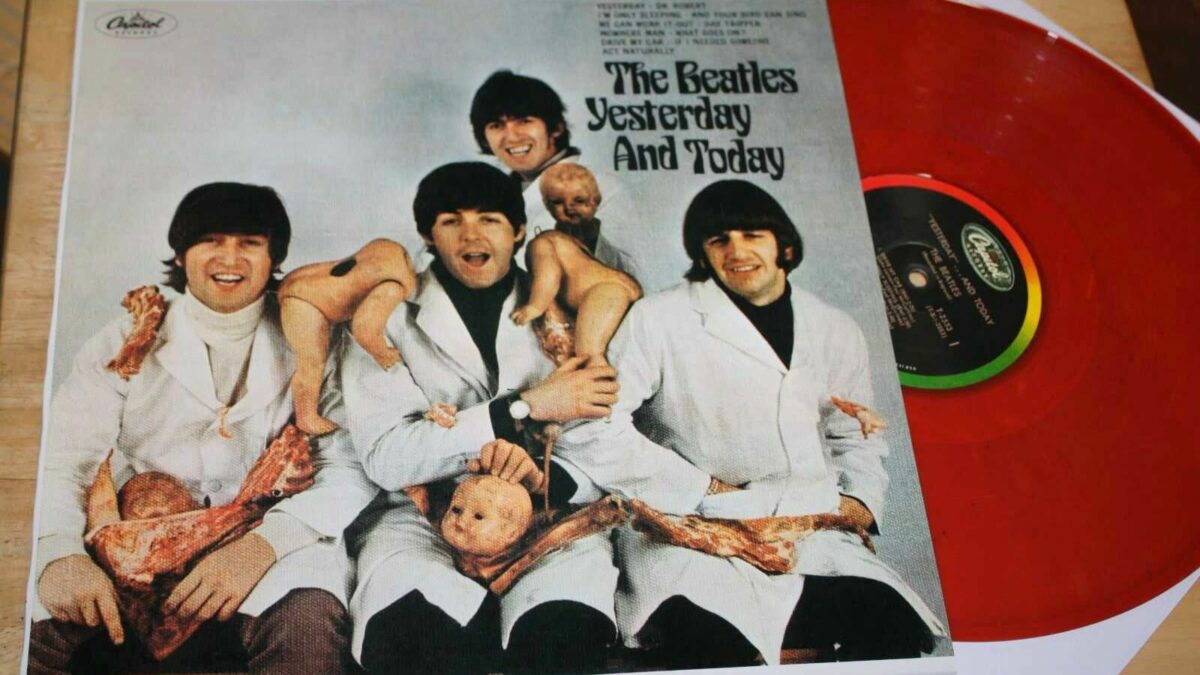Blog
From Edison to Spotify: A Brief History of Vinyl Records
From Edison to Spotify: A Brief History of Vinyl Records
The Birth of Vinyl Records: How Edison’s Invention Changed the Music Industry
The history of vinyl records dates back to the late 19th century when Thomas Edison invented the phonograph in 1877. The phonograph was the first device that could record and reproduce sound, and it used a cylinder made of wax to store the sound. However, the wax cylinder was not very durable, and it was difficult to mass-produce.
In 1887, Emile Berliner invented the gramophone, which used a flat disc made of zinc coated with wax to store sound. The disc was more durable than the cylinder, and it was easier to mass-produce. Berliner’s invention paved the way for the development of vinyl records.
In 1948, Columbia Records introduced the first 12-inch vinyl record, which could hold up to 23 minutes of music per side. The vinyl record was a significant improvement over previous formats because it was more durable, had better sound quality, and could hold more music.
The Golden Age of Vinyl: How LPs Became the Dominant Format for Music
The 1950s and 1960s were the golden age of vinyl records. LPs (long-playing records) became the dominant format for music, and they remained so until the 1980s. LPs were popular because they could hold up to 45 minutes of music per side, which allowed artists to create longer and more complex albums.
During this time, vinyl records were not only a medium for music but also a cultural phenomenon. People would gather around record players to listen to their favorite albums, and record stores were a hub for music lovers to discover new artists and connect with like-minded individuals.
The 1960s saw the rise of rock and roll, which became the dominant genre of music. The Beatles, The Rolling Stones, and Led Zeppelin were among the most popular bands of the time, and their albums sold millions of copies on vinyl.
The Decline of Vinyl: How the Rise of Digital Music Threatened the Future of Records
The 1980s saw the rise of digital music, which threatened the future of vinyl records. CDs (compact discs) were introduced in 1982, and they quickly became the dominant format for music. CDs were smaller, more durable, and had better sound quality than vinyl records.
The rise of digital music continued in the 1990s with the introduction of MP3s and digital downloads. Digital music was more convenient than vinyl records because it could be easily stored on a computer or portable device and accessed anywhere.
The decline of vinyl records was also due to the changing music industry. Record stores were closing, and major labels were focusing on digital music instead of vinyl records. However, vinyl records never completely disappeared, and they remained popular among audiophiles and collectors.
In recent years, vinyl records have experienced a resurgence in popularity. In 2019, vinyl record sales surpassed CD sales for the first time in over 30 years. Vinyl records are now seen as a niche product, but they have a loyal following among music lovers who appreciate the warmth and depth of sound that vinyl records provide.
Conclusion
Vinyl records have come a long way since Thomas Edison invented the phonograph in 1877. Vinyl records have been a cultural phenomenon, a medium for music, and a symbol of rebellion. The rise of digital music threatened the future of vinyl records, but they have experienced a resurgence in popularity in recent years. Vinyl records are now seen as a niche product, but they continue to provide a unique listening experience that cannot be replicated by digital music.

